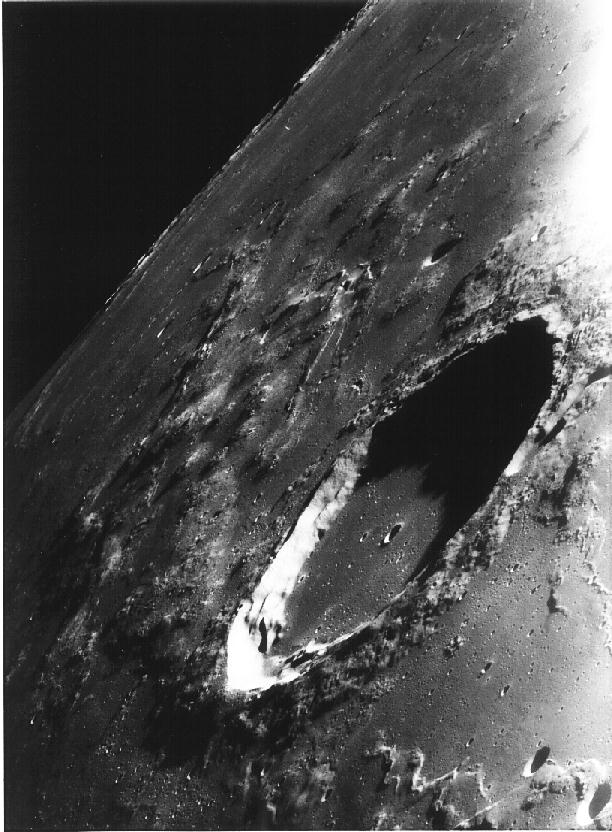
poster by Kate Newby

Installation shot

John Ward Knox
The Gallery was full of people. The stone was resting at the far end of the room, while the small mound of sand was in the midst of groups of people chatting.
The stone was greeny gray in colour, a rounded form, suggesting to me that it was plucked out of its place among the ebbs and flows of watery surroundings.
Just after 7pm, in a casual and non-sensational manner, but with focus and conviction, John picked up the weighty stone, and with some effort carried it closer to the mound of sand.
People around in turn noticed this action and while some attempted to interact with him, he was polite but carried on with the action. Standing over the sand, straining against gravity to keep the stone in his hands, he aligned it with the sand.
Suddenly he let go, and the stone fell quickly and gracefully. A silnence ensued among the audience, to allow the sound made by the impact to disseminated though the space and enter the being of everyone present. It was a personal, yet collective experience for each person in the room.
The energy of the precise yet muffled sound dispersed around the stone, moving the sand in all directions from the center, which made visible the form of the sound.
The artwork happened instantaneously and simultaneously in several physical realms; visual, aural and corporeal. Two forms of experience which would naturally occur without clear distinction from each other were allowed to divide and exist in parallel realms. The energy of the impact propagated through sound and permeated the space. Its physical counterpart was allowed to act as a visual reminder, a trace, thus enabling the audience to have a heightened experience of both within one instance.
as recalled by Sasha Savtchenko-Belskaia

Patrick Lundberg

Sasha Savtchenko-Belskaia
Moving in time (notes on Blue as silver as gold)
Essay by Sonya Lacey
1. What is time well spent? In this action, time is occupied with resolve, like the occupation of a building. & thinking about time taken: I’ve watched the process of painting and repainting over approximately a month, but the time taken spans decades. My experience of the work comes through an imagined understanding of the action; paint gives an account of the art, the art an attempt to be in time. I understand that reflecting on the past implicates the present, and that it involves the projection of this moment into the future; I am aware of being present, actively here and now. I understand the temporal interconnections forming are determined by my subjective experience.
2. Each practice is filled with the presence of people across time. I had never thought of conversation in terms of tactility.
3. In this action, there are raw materials and the staging of making or unmaking, or at least of un-differentiation. It involves travel – energy and distance decreasing organisation and, along with that, loss of distinctiveness. A phrase comes to mind written by Mario Merz: REPERCUSSIONS OF MATERIALS IN THE SOLVENCY OF THE MOMENT. The enaction of interactions, relationships, reciprocities. This work begins like a diagram; physics then metaphysics. The materials will just be themselves, heavy and light, and always susceptible to physical laws. It is arrogant to believe ourselves outside of these systems.
4. The body has learnt along the way, streamlined the process, become fatigued in points and misjudged in others. The work has been made (a structure set in place, a task completed), but the work is happening. And once a thing is done it can’t be undone (even when it’s gone).
5. As I remember it, in the book Silence John Cage suggests the art gallery’s relationship to art was one of preservation. He likened this to the relationship refrigerators have with milk – both white cubes are designed to separate a lively thing from life, an act that slows down its changing and makes it digestible over a longer period of time. Cage’s criticism – I could be misattributing here – was that this gave a dishonest account of the nature of the work. Gabriel Orozco seems concerned with keeping his work similarly close to life experience. Unlike Cage, he seems to see the gallery as a useful way to frame the moment of communication, (selection/exhibition), but I’m struck by how weak the gallery is to hold the expanse of that work, how ineffective it is in slowing it down.
For more information visit www.newcallgallery.org.nz
